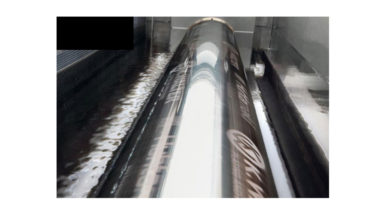Print Is Doing Well
Around 85% of communications professionals surveyed by BR Communications FZE, a Dubai-based public relations, marketing and design consultancy, said they prefer a combination of conventional and online media when consuming news and promoting their clients’ brands.
The online survey, which was conducted between September 2014 and October 2014, included respondents working in the fields of advertising, marketing, events management and public relations across Egypt, Lebanon, Qatar and the UAE.
Bahaa Fatairy, Managing Director of BR Communications FZE, said in the age of the Internet, traditional forms of media have faced fierce competition from the more interactive and scalable new media. In the Middle East, the digital media scene is one of the most active in the world, with Internet population seen expanding to around 197 million by 2017, according to the Arab Knowledge Economy Report.
“The print-digital dynamic has long been debatable and global trends in recent years point to a scaling down of the print advertising business in some parts of the world,” said Fatairy. “But our recent survey underscores the fact that communications practitioners in the region continue to leverage the power of both digital and print media to reach and engage a wider consumer base for their clients.”
Meanwhile, with the Middle East’s growing population of tech-savvy and young consumers, online media has emerged as a powerful and important tool for communications professionals. According to the survey, nearly half or 45% of the respondents said they prefer online methods such as social media in spreading the word about campaigns and events.
In addition, 50% of those surveyed said they tune into digital media for their daily news, ditching traditional forms of media such as print, which is a preferred channel by 20% of the respondents. The remaining 30% of respondents use both modes of communications – digital and print – as a way of obtaining their daily dose of news.
“The survey – the first conducted by BR Communications FZE – was meant to be exploratory. In the future, we aim to organise similar studies in order to have an updated and deeper understanding of the trends surrounding the region’s media and communications industry,” said Fatairy.





